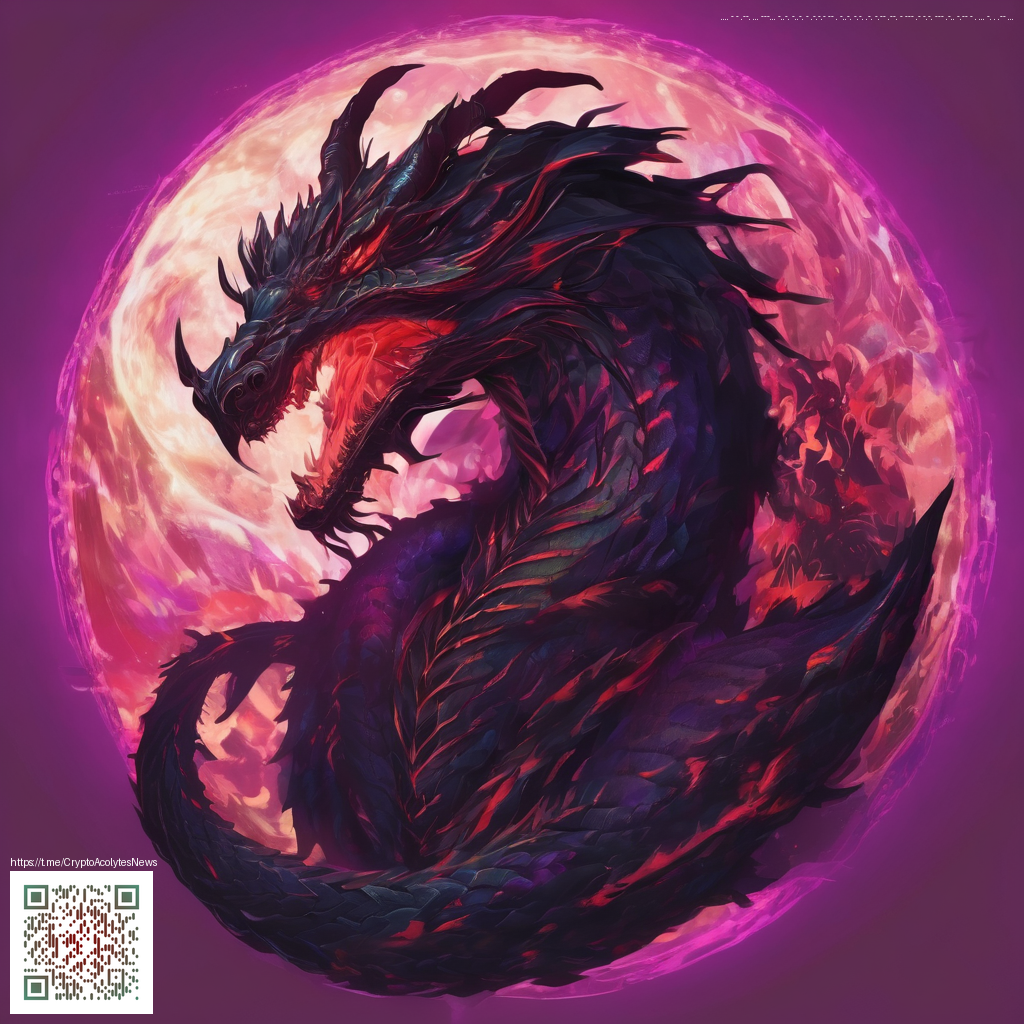
The Arc of Storytelling in MMOs: From Quests to Player-Driven Epics
Over the past decade, massively multiplayer online games have transformed storytelling from a linear relay of quests into a dynamic, living tapestry. Early MMOs leaned on scripted cutscenes, rigid quest chains, and lore that existed more as a backdrop than a participatory force. Today’s titles treat narrative as infrastructure: a framework that supports emergent moments, player choices, and shared memory across vast communities. The result is not a single, fixed tale but an ever-evolving story that players help write through actions, alliances, and the very design of the game world.
One of the most notable shifts is narrative as a system. Worlds no longer rely solely on the game master’s script; they encode story into the environment, mechanics, and player-facing tools. Environmental storytelling—ruined banners fluttering in a war-torn city, a ruined shrine with an inscription only legible to those who decipher an in-game cipher—gives players a sense of history without explicitly telling them what to feel. Patch notes and lore fragments become quests in themselves, inviting players to piece together a larger picture. This approach rewards curiosity and memory, turning exploration into storytelling in its own right.
“In modern MMOs, story is not a leash but a living canvas—colored by what players do and how they interpret the world around them.”
A second major evolution centers on player agency. NPCs once delivered canned responses, guiding players along a predetermined path. Now, many games feature dialogue systems that adapt to player history, faction choices, and even real-time decisions during live events. The result is less a one-way narration and more a dialogue with the player base. Players can influence faction dynamics, alter city lore through discoveries, and shape the tone of a given season. Community-driven narratives—guild legends, in-game politicians, and legendary raid triumphs—become enduring plot threads that persist across servers and expansions.
Third, live events and evolving lore have become a staple. Instead of waiting for the next expansion to unveil a grand plot, developers seed ongoing campaigns with temporary events, dynamic world states, and cross-media storytelling. Seasonal arcs, event-based quests, and in-game tavern rumors create a sense of immediacy. And because these events are anchored in the game world rather than in external media alone, players feel the impact in real time: a city changes hands, a faction’s ideology shifts, or a myth is rewritten by the players’ deeds. This approach keeps veteran players engaged while inviting newcomers to contribute to a living legend rather than inherit a finished tale.
Designers face a delicate balancing act. On one hand, players crave freedom—the ability to diverge from a prescribed path and leave their mark on the world. On the other, developers want a coherent universe that rewards meaningful choices rather than random button-mashing. Successful systems use modular storytelling tools: lore fragments that fit into a larger arc, event calendars that align with player activity patterns, and narrative codecs that allow story to scale with the size and tempo of the community. The result is a shared, adaptable canvas where the line between author and audience becomes blurred in the best possible way.
As you plan your own gaming sessions or study these shifts as a designer, consider how hardware reliability plays a role in supporting storytelling immersion. Long campaigns, late-night raiding, and heavy duty gaming require dependable gear to keep communication flowing and events running smoothly. For players who value durability on the go, a rugged device can be a practical companion alongside the evolving stories you experience in the game. If you’re exploring gear choices, you might check a rugged option like the Rugged Phone Case for iPhone/Samsung — it’s a reminder that the best storytelling setups extend beyond the screen to the tools you use to engage with the world. You can explore the product here: https://shopify.digital-vault.xyz/products/rugged-phone-case-for-iphone-samsung-impact-resistant-tpu-pc. For a broader read on how this topic is framed in current discussions, see the reference at https://defistatic.zero-static.xyz/e259f95c.html.
Key shifts shaping how stories unfold in MMOs
- World-building as gameplay: lore is embedded in systems, rewards, and discoveries rather than stacked behind cutscenes.
- Player-driven consequences: choices alter factions, settlements, and even the tone of future updates.
- Seasonal, persistent arcs: events that persist and evolve, linking patches, communities, and shared memory.
- Multi-platform storytelling: streams, forums, and in-game channels fuse to amplify a single narrative across audiences.
For gamers and designers alike, the takeaway is clear: storytelling in MMOs works best when it is participatory, resilient, and integrated into the world’s fabric. The most memorable moments aren’t scripted standouts but the unscripted, collective experiences that bloom when players feel they are shaping the universe alongside developers. The industry’s trajectory suggests a future where narrative design and world-building are as tactile as combat mechanics and as collaborative as community guilds.